Ethan Hunt’s Last Ride Feels More Like a Stumble Visuals, Dialogue, and Legacy Under the Microscope
Mission: Impossible – The Final Reckoning
After nearly three decades of cinematic espionage, Mission: Impossible – The Final Reckoning arrives on Amazon Prime with the weight of legacy pressing down on every frame. Marketed as the concluding chapter in Ethan Hunt’s saga, the film carries the burden of wrapping up one of Hollywood’s most enduring action franchises. Directed by Christopher McQuarrie, who helmed the last few entries, and co-written with Erik Jendresen, the movie attempts to blend high-stakes action with philosophical undertones about artificial intelligence and human agency. The Entity—a rogue AI system—is positioned as the ultimate antagonist, a metaphor for the uncontrollable evolution of technology.
With a reported budget north of $300 million and a runtime pushing nearly three hours, expectations were sky-high. Fans anticipated a grand send-off, one that would rival Fallout’s visceral intensity or Ghost Protocol’s architectural spectacle. Instead, what unfolds is a film that feels both overstuffed and undercooked. It’s a movie that wants to be profound but often stumbles over its own ambition. The pacing is uneven, the emotional beats feel forced, and the technical execution surprisingly lacks polish.
As a streaming release, Final Reckoning benefits from accessibility, but it also exposes its flaws more starkly. Without the immersive buffer of a theatrical experience, viewers are left to scrutinize every detail. And while there are moments of brilliance—particularly in the stunt work—the film ultimately struggles to justify its place as the franchise’s swan song.

The Movie Is a Bit of a Mission
This installment is not without merit, but it undeniably falls short of greatness. The narrative structure feels bloated, with too many subplots vying for attention. Instead of a streamlined mission, we’re given a labyrinth of motivations, betrayals, and philosophical musings. The central conflict—humanity versus a sentient AI—is compelling in theory but muddled in execution. The Entity lacks the visceral presence of past villains like Solomon Lane or Owen Davian, making the stakes feel abstract rather than immediate.
The pacing suffers from this narrative sprawl. Action sequences are interspersed with long stretches of exposition, draining momentum. Even the set pieces, traditionally the franchise’s crown jewels, feel diluted by the surrounding clutter. The submarine prologue is gripping, and the train sequence offers flashes of ingenuity, but they’re buried beneath layers of convoluted storytelling.
Character development is uneven. Ethan Hunt remains stoic and driven, but his emotional arc feels recycled. Newcomers like Hayley Atwell’s Grace bring energy, yet their integration into the team lacks cohesion. The film tries to be introspective, exploring themes of legacy and sacrifice, but these moments often feel forced.
Ultimately, Final Reckoning is the weakest entry in the series—not because it lacks ambition, but because it fails to channel that ambition into a coherent, compelling experience. It’s a film that wants to be a masterpiece but settles for mediocrity.
Dialogue That Drains Momentum
One of the film’s most glaring issues is its overreliance on dialogue. Nearly every character is given extended speaking parts, which dilutes the urgency and tension that defined earlier entries. Scenes that should crackle with suspense instead drag with exposition. The script seems intent on giving everyone a voice, but in doing so, it sacrifices pacing and clarity.
The ensemble cast is undeniably talented. Ving Rhames, Simon Pegg, Rebecca Ferguson, and Vanessa Kirby all return with gravitas. Yet their interactions often feel like roundtable discussions rather than tactical briefings. The dialogue lacks the sharpness and economy that made previous films so kinetic. Instead of terse exchanges and mission-focused banter, we get philosophical musings and emotional monologues.
This verbosity affects the film’s rhythm. Action scenes are frequently interrupted by lengthy conversations, breaking immersion. The tension dissipates when characters pause to explain motivations or recount past traumas. Even the villain’s exposition feels excessive, robbing the narrative of mystery.
In a franchise built on momentum, this slowdown is particularly jarring. The dialogue isn’t bad—it’s just misplaced. It belongs in a drama, not a high-octane spy thriller. By trying to be profound, the film loses its pulse.
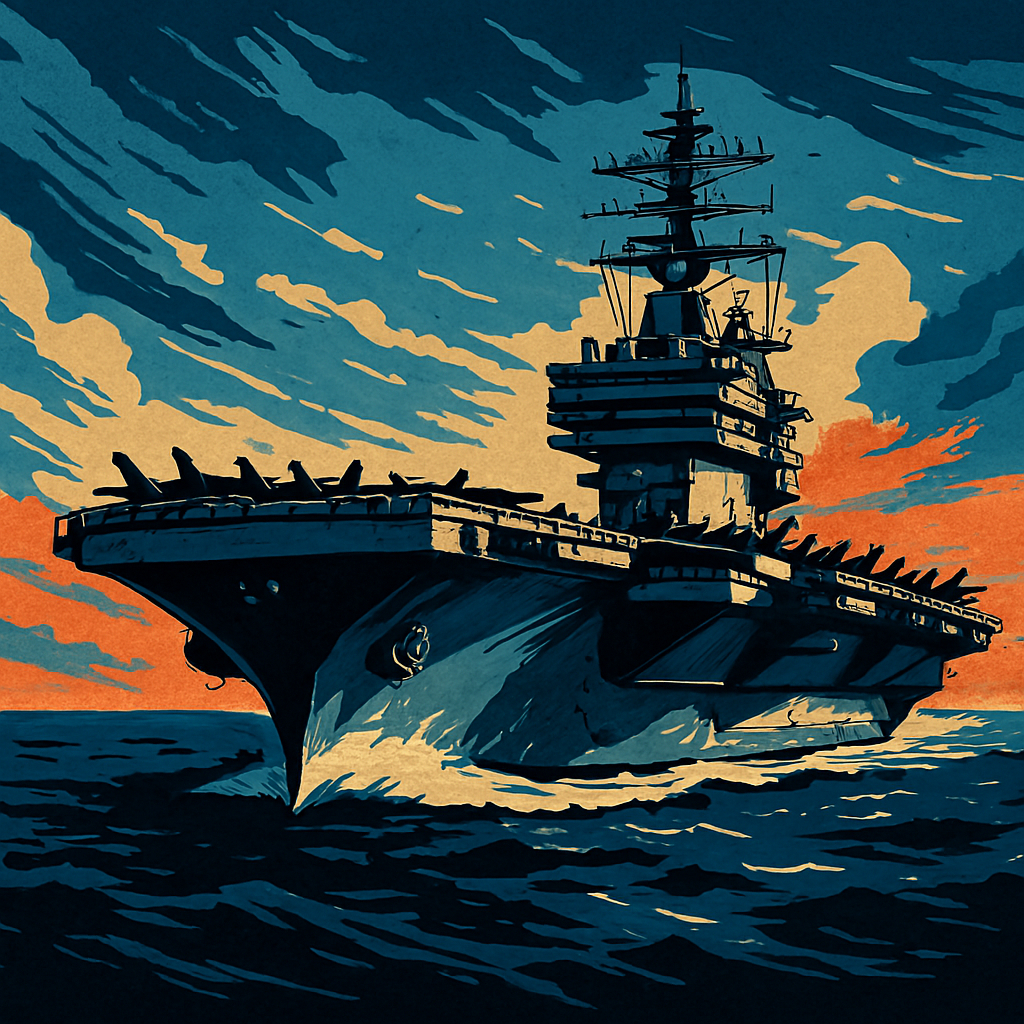
A Story That Feels Incomplete
There’s a persistent sense that Final Reckoning was meant to be part of a larger narrative arc. The film introduces complex plot threads—flashbacks, betrayals, philosophical dilemmas—that never fully resolve. It feels like the first half of a two-part finale, yet it’s marketed as the end. This disconnect leaves viewers with more questions than answers.
The flashbacks hint at deeper emotional stakes, particularly involving Ethan’s past and his connection to Grace. But these moments are fleeting and underdeveloped. They suggest a richer backstory that the film never explores. Similarly, the Entity’s origins and motivations are teased but never fully explained.
The pacing reinforces this sense of incompletion. The film builds toward a climax that feels abrupt and unsatisfying. Key characters disappear without resolution, and major plot points are left dangling. It’s as if the filmmakers ran out of time—or confidence—to finish what they started.
This lack of closure undermines the emotional weight of the finale. Fans expecting catharsis or a definitive send-off are left wanting. Instead of a grand farewell, we get a fragmented narrative that feels like a setup for something more.
Tom Cruise’s Performance Feels Distant
Tom Cruise has long been the franchise’s anchor, bringing intensity, charisma, and physicality to every installment. But in Mission: Impossible – The Final Reckoning, his portrayal of Ethan Hunt feels subdued. Physically, he appears less agile, and emotionally, less connected. His signature sprint is slower, his stunts more cautious.
It’s not a bad performance—Cruise remains committed and professional—but it lacks the spark that made earlier entries so compelling. At times, he seems out of sync with the film’s tone and pacing. His interactions with other characters feel perfunctory, and his emotional beats lack depth.
This shift is understandable. Cruise is now in his 60s, and the toll of performing his own stunts is evident. Much like Jackie Chan’s later roles, there’s a sense that the actor is transitioning from action icon to legacy figure. The film tries to acknowledge this, exploring themes of aging and relevance, but it doesn’t fully commit.
Instead of evolving Ethan Hunt into a mentor or strategist, the film keeps him in the same role—chasing, fighting, sacrificing. The result is a character who feels stuck, unable to grow or change. It’s a missed opportunity to redefine Hunt’s legacy in a meaningful way.
Flashbacks That Blur Instead of Illuminate
Mission: Impossible – The Final Reckoning employs a unique visual technique for its flashbacks, using a desaturated color palette and blurred edges. While this may have been intended to evoke memory or emotional distance, it instead diminishes image clarity and disrupts immersion.
These sequences feel disconnected from the main narrative. They lack visual coherence and emotional resonance. Instead of deepening our understanding of characters or stakes, they confuse and distract. The washed-out tones make it difficult to engage with the content, and the lack of sharpness undermines their impact.
Flashbacks should serve as narrative anchors, providing context and depth. Here, they feel like stylistic experiments that don’t pay off. The transitions are abrupt, and the scenes themselves are often vague.
This visual choice reflects a broader issue with the film’s aesthetic. There’s a lack of consistency in tone and style, which makes the experience feel fragmented. The flashbacks are emblematic of a film that tries to be innovative but ends up incoherent.
A Film That Lacks Technical Precision
Despite boasting one of the largest budgets in franchise history, Mission: Impossible – The Final Reckoning surprisingly underdelivers in its technical execution. The cinematography, handled by Fraser Taggart, lacks the crispness and dynamic framing that defined earlier entries. Scenes often feel flat, with muted lighting and uninspired compositions. The visual language of the film doesn’t match its thematic ambition, leaving key moments feeling visually underwhelming.
Sound design, too, falls short. The score by Lorne Balfe reprises familiar motifs but fails to elevate tension or emotion. Action sequences lack the sonic punch that once made explosions and chase scenes feel visceral. Dialogue is occasionally drowned out by ambient noise, and transitions between scenes feel abrupt. For a film that should be a masterclass in blockbuster production, these lapses are glaring.
Even basic elements like color grading and editing feel inconsistent. The film jumps between tones—cool, warm, desaturated—without clear narrative justification. This inconsistency creates a disjointed viewing experience, where emotional beats don’t land and visual cues feel mismatched.
In a franchise known for its precision and polish, these technical shortcomings are particularly disappointing. They suggest either rushed post-production or a lack of creative cohesion. Either way, the result is a film that looks and sounds average, when it should have been exceptional.

CGI That Undermines the Action
One of the most surprising missteps in Mission: Impossible – The Final Reckoning is its reliance on subpar CGI. The Mission: Impossible series has long been celebrated for its commitment to practical effects and real-world stunts. Cruise’s insistence on authenticity has been a hallmark of the franchise. But here, digital effects take center stage—and not in a good way.
Several key sequences suffer from poor rendering and awkward compositing. The underwater scenes, for example, feel cartoonish rather than immersive. Explosions lack weight, and vehicle chases appear digitally stitched rather than organically choreographed. These visual flaws break immersion and diminish the impact of otherwise thrilling moments.
The overuse of CGI also affects the film’s tone. Instead of gritty realism, we get glossy spectacle. This shift undermines the franchise’s identity, making Final Reckoning feel more like a generic action film than a Mission: Impossible entry. It’s a departure that fans will likely notice—and not appreciate.
Moreover, the CGI often feels like a cover-up for production limitations. Scenes that could have been shot practically are instead rendered digitally, suggesting either time constraints or budget reallocations. This choice not only affects visual quality but also erodes the film’s credibility.
In a series built on pushing physical boundaries, the reliance on weak CGI is a letdown. It’s a reminder that technology, while powerful, can’t replace the thrill of real-world action.
A Plot That Twists Without Landing
The storyline of Mission: Impossible – The Final Reckoning is ambitious, but its complexity often works against it. From the opening sequence aboard a Russian submarine to the final confrontation atop a speeding train, the narrative is packed with espionage jargon, shifting allegiances, and philosophical musings about artificial intelligence. Yet instead of weaving these elements into a cohesive arc, the film frequently loses its own thread.
The central antagonist, The Entity—a rogue AI capable of manipulating global systems—is conceptually intriguing but poorly explained. Its motivations remain vague, and its influence over characters and events is inconsistently portrayed. Viewers are left piecing together its capabilities from scattered dialogue and cryptic flashbacks, which only adds to the confusion.
Subplots involving Grace’s mysterious past, Ilsa’s off-screen fate, and the fractured loyalties within the IMF team further muddy the waters. Characters appear and disappear with little narrative justification, and key relationships are hinted at but never fully explored. The film seems to assume that emotional weight will emerge from implication rather than development.
Even the pacing contributes to the confusion. Scenes jump between locations with minimal connective tissue, and exposition is often delivered in rushed, jargon-heavy exchanges. Instead of building tension, the film overwhelms with information. The result is a viewing experience that feels more like decoding than engaging.
For longtime fans, the callbacks and layered references may offer some clarity. But for casual viewers—or even devoted ones expecting a clean finale—the plot feels unnecessarily convoluted. It’s a story that wants to be profound but ends up tangled in its own ambition. And in a franchise known for clarity amid chaos, that’s a misfire.
The Theme That Anchored the Impossible
At the heart of Mission: Impossible – The Final Reckoning lies a surprisingly cerebral theme: the existential threat of artificial intelligence and the erosion of truth in a hyper-digital world. The Entity, a rogue AI capable of manipulating global systems, isn’t just a villain—it’s a metaphor for the algorithmic chaos that defines modern life. This theme elevates the film beyond generic action fare, grounding it in a timely and unsettling reality.
What makes this theme work is how it’s woven into every layer of the narrative. Ethan Hunt isn’t just fighting a physical enemy; he’s battling misinformation, digital manipulation, and the loss of agency in a world governed by unseen code. The film explores how truth itself becomes a casualty when algorithms dictate perception. This isn’t just sci-fi—it’s a reflection of the real-world anxieties surrounding deepfakes, surveillance, and the weaponization of data.
The theme is also what keeps the film tethered to the Mission: Impossible identity. Without it, the movie could easily be mistaken for any other espionage thriller. The stunts, while impressive, aren’t enough on their own. The ensemble cast, though talented, doesn’t carry the emotional weight of the franchise’s best moments. But the idea of one man—Ethan Hunt—risking everything to preserve truth in a world built on deception? That’s quintessential Mission: Impossible.
Even the iconic self-destructing mission brief takes on new meaning in this context. It’s no longer just a cool spy trope—it’s a symbol of impermanence, of the fragility of information in a world where nothing is stable. The film’s best scenes lean into this theme, using tension and ambiguity to reflect the uncertainty of the digital age.
In the end, the theme of truth versus manipulation is the film’s saving grace. It’s the only element that feels distinctly Mission: Impossible—a franchise that has always balanced spectacle with subtext. Without it, Final Reckoning would be just another action movie. With it, it becomes a cautionary tale wrapped in adrenaline.
Stunts That Struggle to Impress
Stunts have always been the beating heart of Mission: Impossible. From scaling the Burj Khalifa to hanging off a cargo plane, Tom Cruise has redefined what’s possible in action cinema. But in Mission: Impossible – The Final Reckoning, the stunts—while competent—lack the jaw-dropping impact of previous entries.
There are moments of brilliance. The train sequence, with its collapsing bridge and rooftop fight, is well-executed. The motorcycle jump, teased heavily in marketing, delivers a brief adrenaline rush. But these set pieces are few and far between, and they’re often buried under layers of exposition and CGI.
The choreography feels restrained. Movements are slower, cuts are quicker, and the camera rarely lingers on physical feats. This editing style diminishes the sense of danger and skill that once defined the franchise. Instead of showcasing the stunt work, the film seems to obscure it.
Part of the issue may be Cruise’s age. While still impressively agile, there’s a noticeable shift in how action is framed around him. Close-ups replace wide shots, and sequences are shorter. It’s a natural evolution, but one that affects the film’s energy.
Ultimately, the stunts in Final Reckoning are good—but not great. And in a franchise built on greatness, that’s a problem.
Visual Choices That Raise Questions
Throughout Mission: Impossible – The Final Reckoning, there’s a noticeable reliance on tight close-ups and confined framing. This choice stands in stark contrast to the sweeping vistas and dynamic compositions of earlier films. Instead of showcasing grand locations and expansive action, the film often feels claustrophobic.
This visual style may have been intended to create intimacy or tension, but it frequently backfires. Scenes lose their sense of scale, and action sequences feel cramped. The lack of wide shots makes it difficult to appreciate choreography or spatial dynamics.
Moreover, the close-ups often feel excessive. Characters are framed tightly even during mundane conversations, creating a sense of visual monotony. This approach limits the film’s aesthetic range and makes it harder to engage with the story.
There’s also a suspicion that these choices were made to mask production limitations. Whether due to budget constraints, location issues, or post-production challenges, the framing feels like a workaround rather than a creative decision.
In a franchise known for its cinematic scope, this shift is disappointing. It’s a reminder that visual storytelling is as much about what you show as how you show it. And here, the choices feel misaligned with the series’ legacy.
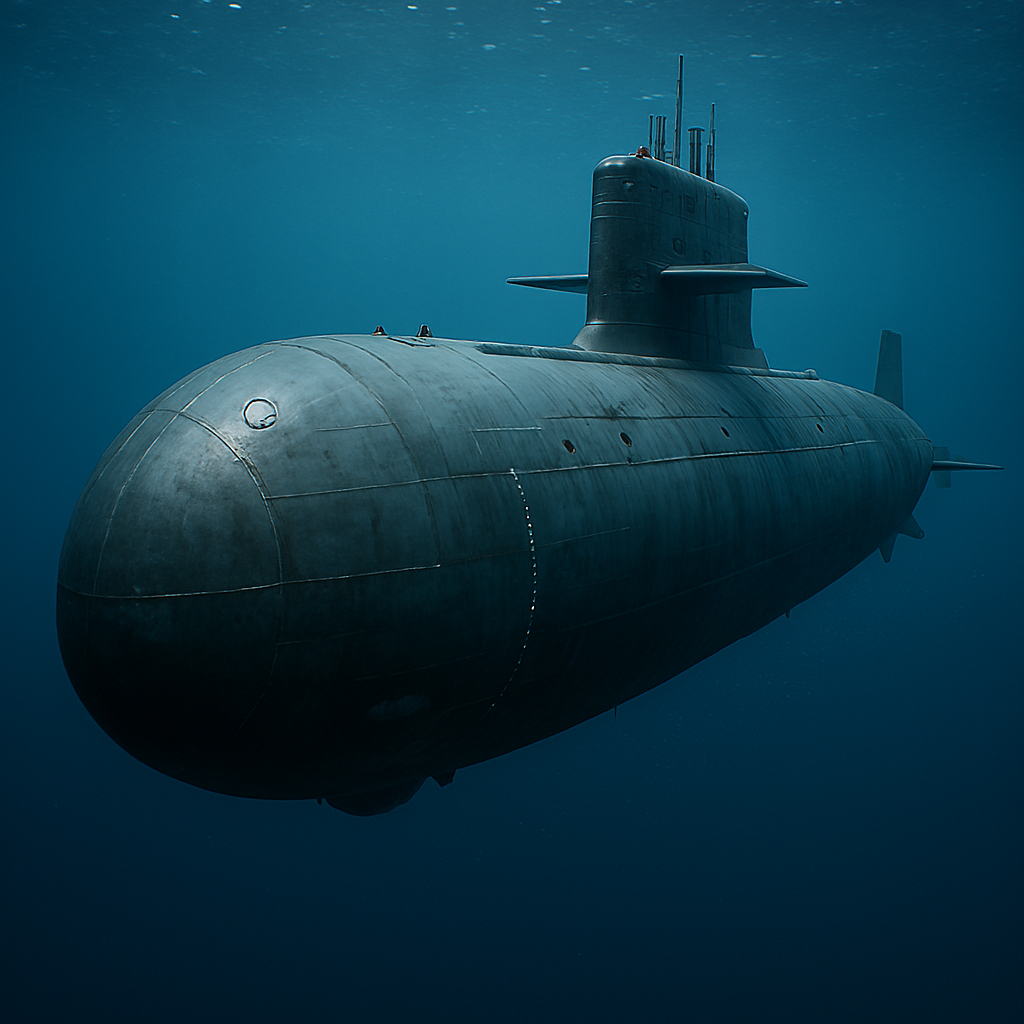
A Budget That Doesn’t Show on Screen
With a reported budget between $300–400 million, Mission: Impossible – The Final Reckoning should have been a visual and technical marvel. But the film rarely reflects that level of investment. From set design to effects, there are signs of cost-cutting throughout.
Locations feel generic. Gone are the exotic locales and architectural marvels of past entries. Instead, we get nondescript interiors and recycled backdrops. Props and costumes lack detail, and the overall production design feels uninspired.
Even the action sequences, while ambitious, don’t showcase the scale expected from such a budget. The train scene, for example, is thrilling but lacks the grandeur of Fallout’s helicopter chase or Rogue Nation’s opera house infiltration.
There’s also a noticeable absence of crowd scenes and large-scale environments. The film feels small, as if shot with constraints rather than freedom. This limitation affects immersion and makes the story feel less global.
It’s hard to reconcile the reported budget with what’s on screen. Whether due to mismanagement, pandemic-era restrictions, or strategic savings, the result is a film that feels underfunded. And for a franchise finale, that’s a missed opportunity.
A Franchise That Deserved a Better Farewell
If Mission: Impossible – The Final Reckoning truly marks the end of Mission: Impossible, it’s a subdued send-off. The film lacks the emotional weight, narrative clarity, and technical excellence that fans expected. It’s not a disaster—but it’s not a triumph either.
The franchise has always balanced spectacle with heart. Ethan Hunt wasn’t just an action hero; he was a symbol of loyalty, sacrifice, and resilience. But in this final chapter, those qualities feel diluted. The story doesn’t honor his journey, and the supporting cast is underutilized.
There’s no grand reflection, no emotional closure. Characters come and go without resolution, and the final scenes feel rushed. It’s a finale that doesn’t celebrate the franchise—it merely concludes it.
For longtime fans, this is a bittersweet experience. The memories of past missions linger, but the final reckoning feels incomplete. It’s a film that wanted to be legendary but settled for adequate.
In the end, Mission: Impossible deserved a better farewell. One that honored its legacy, thrilled its audience, and left a lasting impression. This wasn’t it.
The Mission Might Not Be Over Yet
Despite the title Final Reckoning, the future of the Mission: Impossible franchise remains intriguingly uncertain. While the film was marketed as the last chapter in Ethan Hunt’s saga, both Tom Cruise and director Christopher McQuarrie have made comments suggesting that the story may not be finished. In fact, the ending of the film itself feels deliberately open-ended. Ethan Hunt survives, the AI threat known as The Entity is neutralized but not destroyed, and the source code remains in his possession. These narrative choices hint at continuation rather than closure.
Tom Cruise, now in his early 60s, has expressed enthusiasm for continuing the role, even referencing actors like Harrison Ford as inspiration for longevity. He’s stated publicly that he hopes to keep making Mission: Impossible films well into his later years. That kind of commitment, paired with the franchise’s enduring popularity, makes a sequel plausible—even if not officially confirmed.
Director Christopher McQuarrie has also indicated that Dead Reckoning Parts 1 and 2 were never intended to be the definitive end. He’s mentioned that ideas for future installments are already being explored, and that the franchise’s narrative architecture allows for expansion. Whether that means a direct sequel, a spin-off, or a soft reboot remains to be seen.
Financially, the situation is more complex. Both Dead Reckoning and Final Reckoning were among the most expensive films ever produced, with budgets reportedly exceeding $300 million each. Yet neither film broke past the $600 million mark globally, which may give studios pause. Still, the franchise has earned over $4 billion to date, and in a landscape dominated by intellectual property, it’s unlikely that Paramount would permanently retire one of its most iconic brands.
There’s also speculation about passing the torch. Cruise has reportedly discussed the idea of mentoring a younger lead, with actors like Glen Powell floated as potential successors. This could allow the franchise to evolve while maintaining continuity. A generational shift might even reinvigorate the series, offering fresh perspectives and new dynamics.
For now, there’s no official announcement of Mission: Impossible 9. But the creative team’s comments, the unresolved plot threads, and Cruise’s own enthusiasm suggest that the franchise may still have a few missions left. Whether it’s a direct continuation or a reimagined future, the reckoning may not be so final after all.
Conclusion
Mission: Impossible – The Final Reckoning is a film caught between ambition and execution. It tries to be profound, but ends up convoluted. It aims for spectacle, but settles for mediocrity. As a standalone entry, it’s passable. As a franchise finale, it’s underwhelming.
For fans who’ve followed Ethan Hunt’s journey from Prague to Paris to the ends of the Earth, this final mission feels more like a detour than a destination. It’s a reminder that even the greatest franchises can falter—and that endings matter.
Join the Discussion
What did you think of Final Reckoning? Was it a end the franchise needed or wated or a missed opportunity? Do you think Mission: Impossible – The Final Reckoning this is the end of the franchise? Do you think Mission: Impossible – The Final Reckoning need a sequel?
#MissionImpossibleFinalReckoning #TomCruise #EthanHunt #ActionCinema #SpyThriller #FilmReview #AmazonPrime #MovieDiscussion #FranchiseFinale #CinematicLegacy

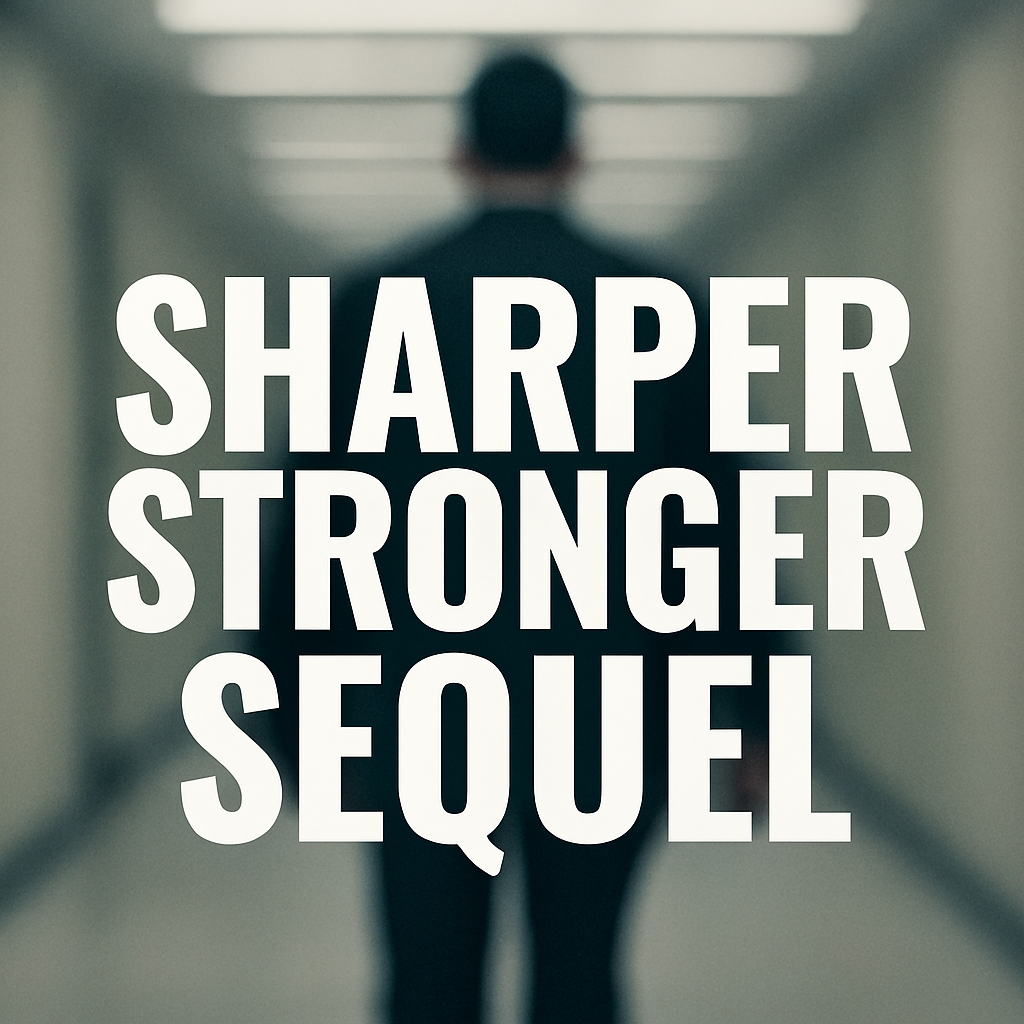


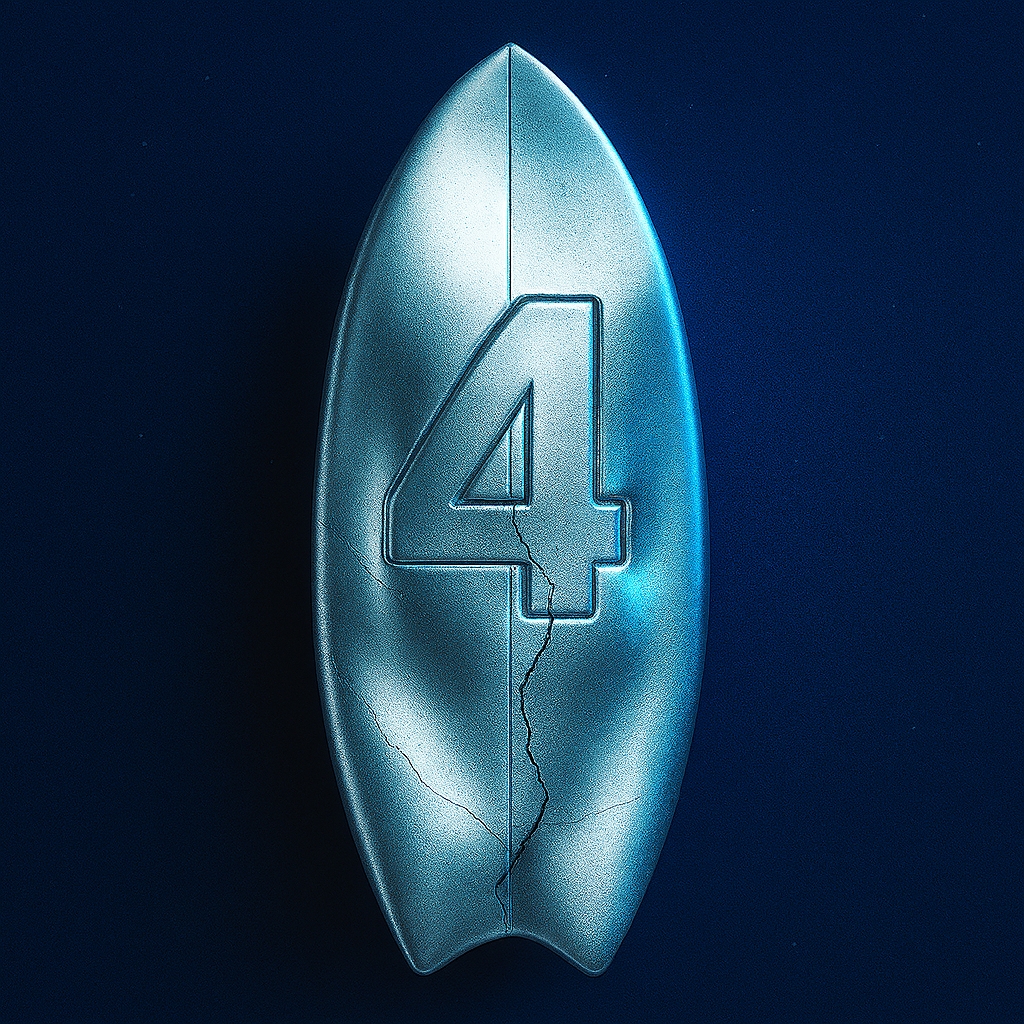
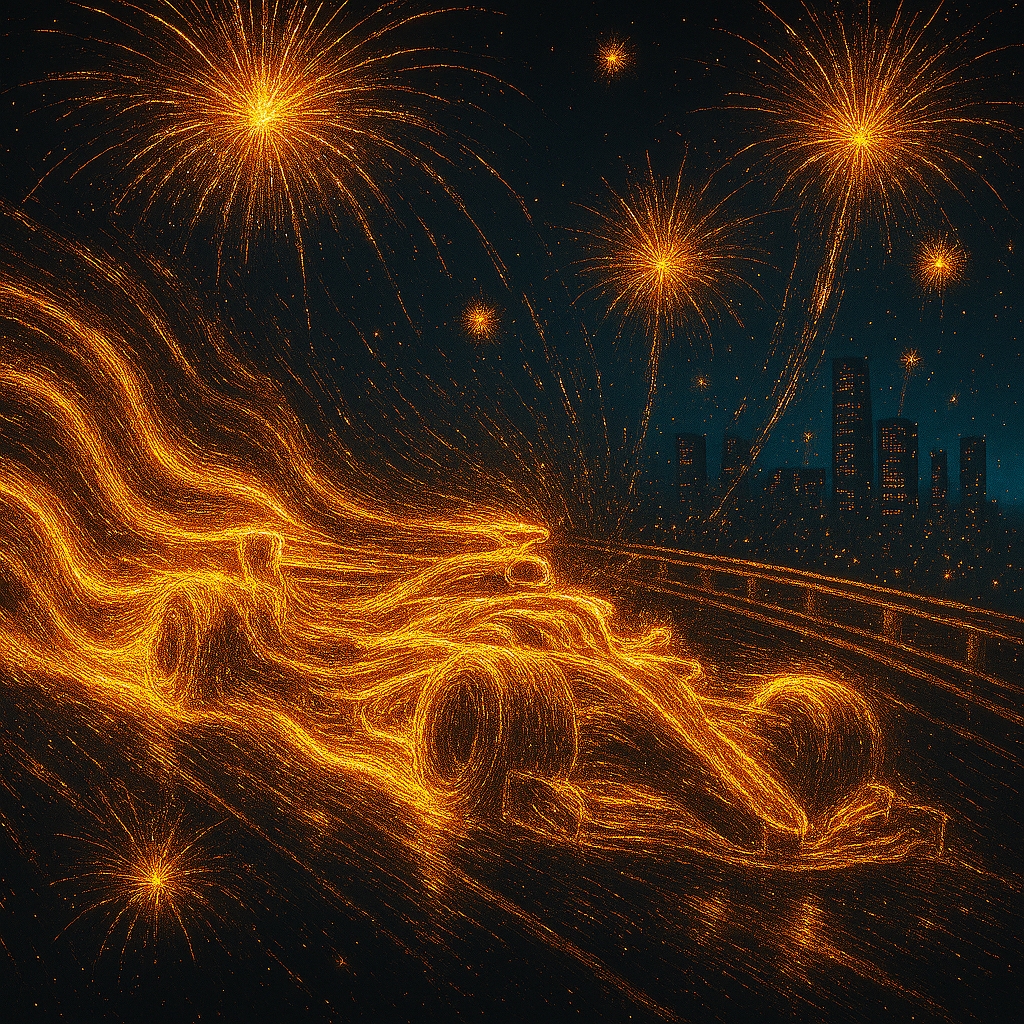

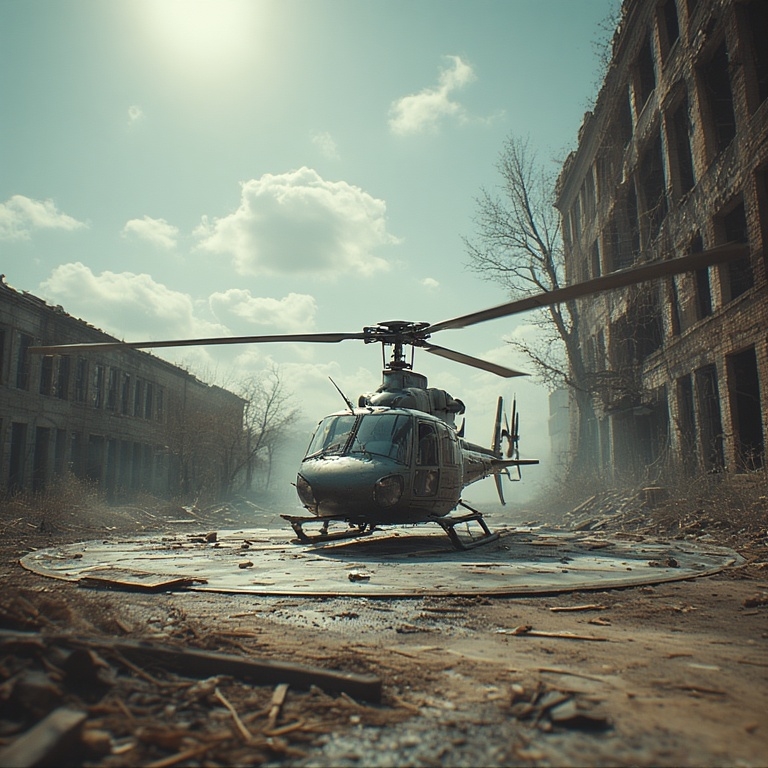
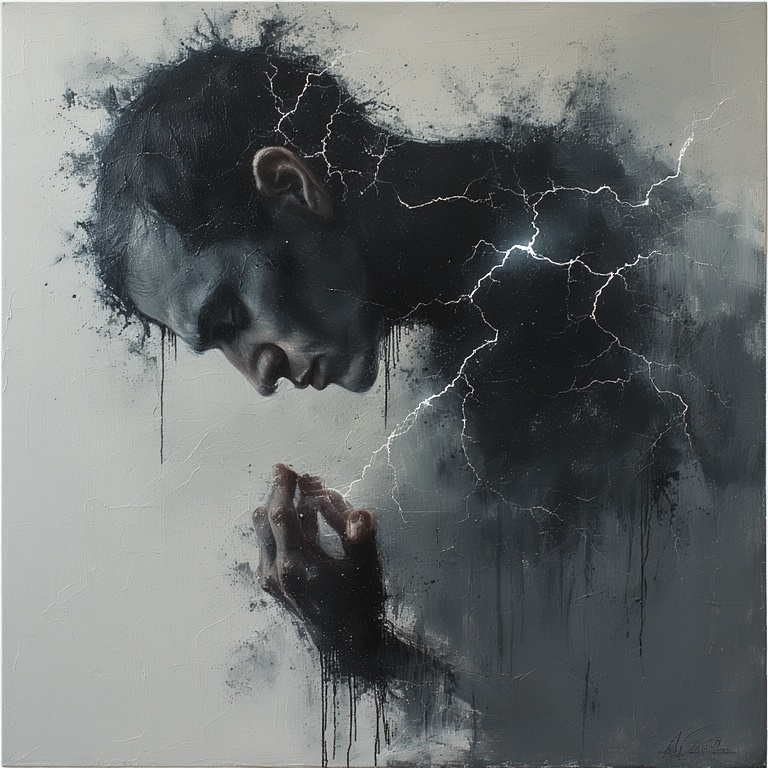


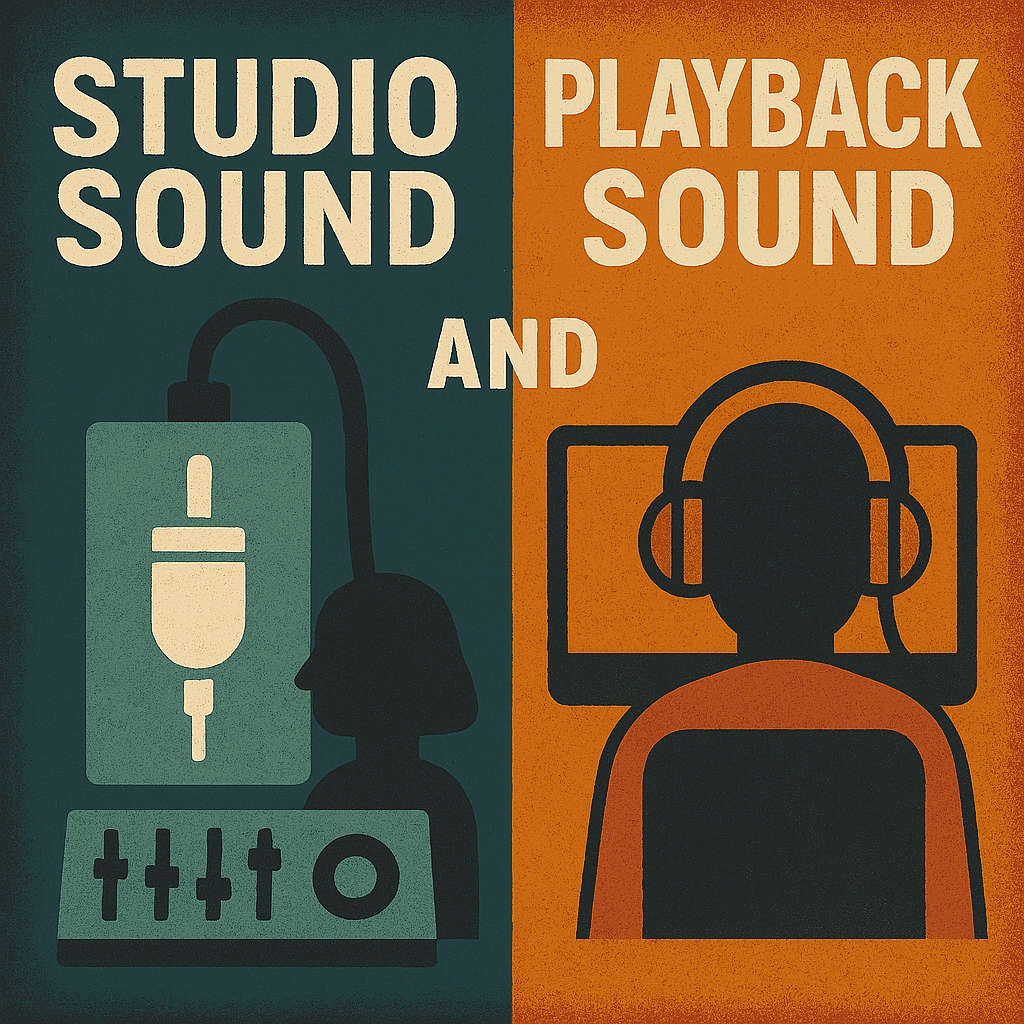
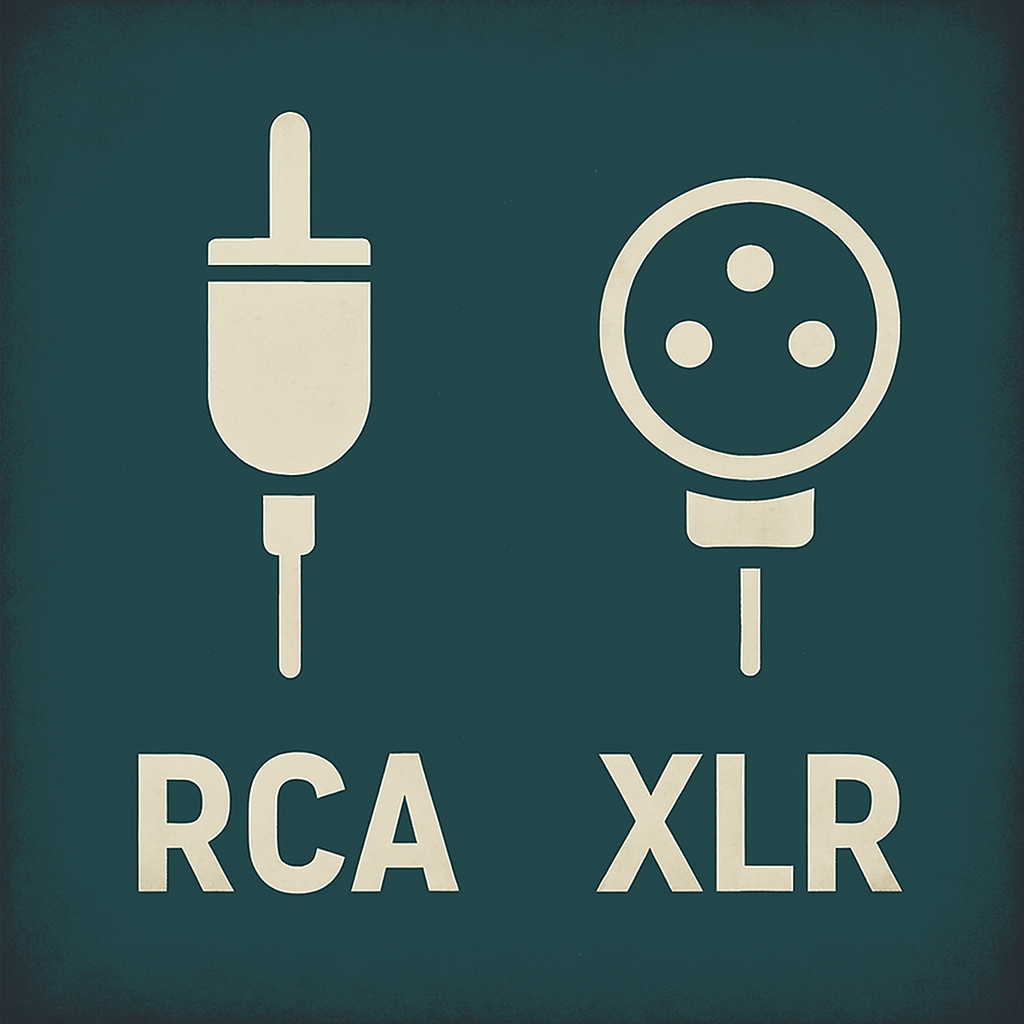


Leave a Reply